Welcome to the world of beans, the unsung heroes of long-term food storage. Packed with nutrition, easy to store, and versatile in the kitchen, beans are a must-have in any well-prepared pantry.
In this guide, we’ll explore the top varieties for long-term storage, share expert storage tips, and even guide you through the process of cooking these nutritional powerhouses. In Short, we checked for you the best beans for prepping.
Whether you’re a veteran survivalist or a novice, this piece is your shortcut to mastering bean storage. Let’s begin!
The Nutritional Powerhouse: Beans
Beans have long been recognized as a nutritional powerhouse and are an excellent choice for long-term storage.
Here’s why:
1. High in Protein: Beans are an excellent source of plant-based protein. They contain all essential amino acids except methionine, which can be easily obtained from other food sources. This makes them a valuable component of a balanced diet, especially for vegetarians and vegans.
2. Rich in Fiber: Beans are an excellent source of dietary fiber. Essential for maintaining a healthy digestive system. Fiber helps regulate blood sugar levels, lowers cholesterol, and promotes a feeling of fullness, which can aid in weight management.
3. Packed with Vitamins and Minerals: Beans are rich in essential vitamins and minerals such as folate, iron, calcium, magnesium, and potassium. These nutrients play a vital role in maintaining overall health and well-being.
4. Low in Fat: Beans are naturally low in fat, making them a healthy choice for those watching their fat intake. They are also cholesterol-free, which is beneficial for heart health.
5. Long Shelf Life: One of the most significant advantages of beans is their long shelf life. When stored correctly in a cool, dry place, beans can remain edible for up to 30 years. This makes them an ideal food item for long-term storage and emergency preparedness.[1]
Comparison: Dried Beans vs Canned Beans
Concerning prepping and storing beans, there is often a debate between dried and canned beans. Here is a comparison of the pros and cons of each:
Ultimately, the choice between dried and canned beans will depend on personal preferences, available storage space, and the specific needs of your emergency prepping plan.
It can be beneficial to have a combination of both options for versatility and convenience.
In conclusion, properly preparing dried beans after long-term storage and considering the pros and cons of dried beans and canned beans are essential aspects of prepping for emergencies.
By following the steps for rehydration and cooking, as shown later in this article, you can ensure that your beans are ready to provide a nutritious food source when needed.
| Dried Beans | Canned Beans |
|---|---|
| ✔ More cost-effective in the long run. ✔ Longer shelf life when stored properly. ✔Allows for more control over the cooking process. | ✔ Convenient and ready to use. ✔ No soaking or extensive cooking is required. ✔ Takes up less storage space. |
| ✖ Requires soaking and longer cooking time. ✖ Takes up more storage space. | ✖ More expensive compared to dried beans. ✖ Limited variety of bean options. ✖ May contain added sodium or preservatives. |
Best Types of Beans for Prepping
When it comes to prepping and building a long-term food supply, beans are an essential item to have on hand.
They are affordable and versatile, provide vital nutrients, and have a long shelf life.
Here are some of the top beans for long-term storage that you should consider adding to your emergency pantry:
Adzuki Beans
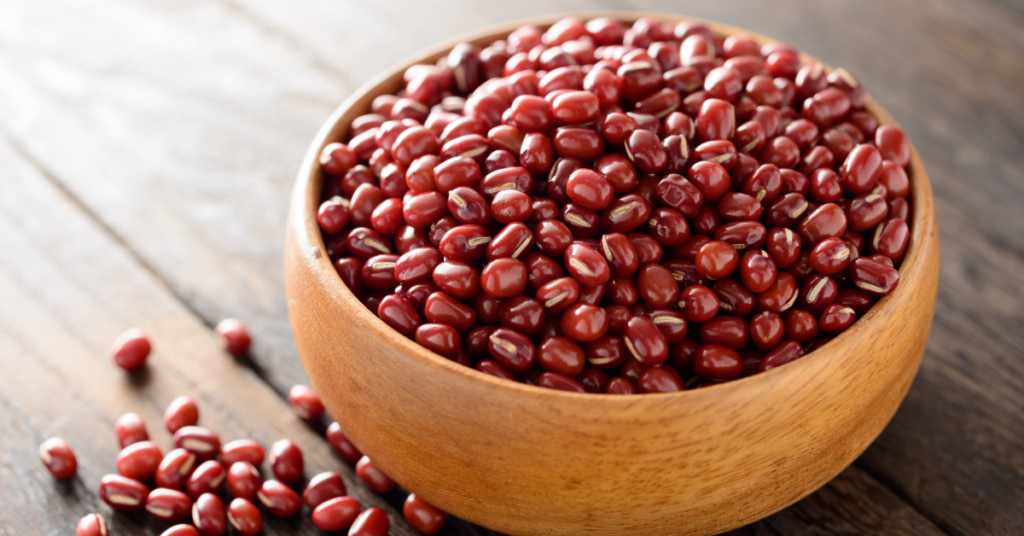
Adzuki beans are a nutritious and underappreciated option for long-term storage. They are packed with protein, fiber, and various vitamins and minerals.
Adzuki beans have a sweet and nutty flavor, making them an excellent addition to soups, stews, and desserts.
Kidney Beans
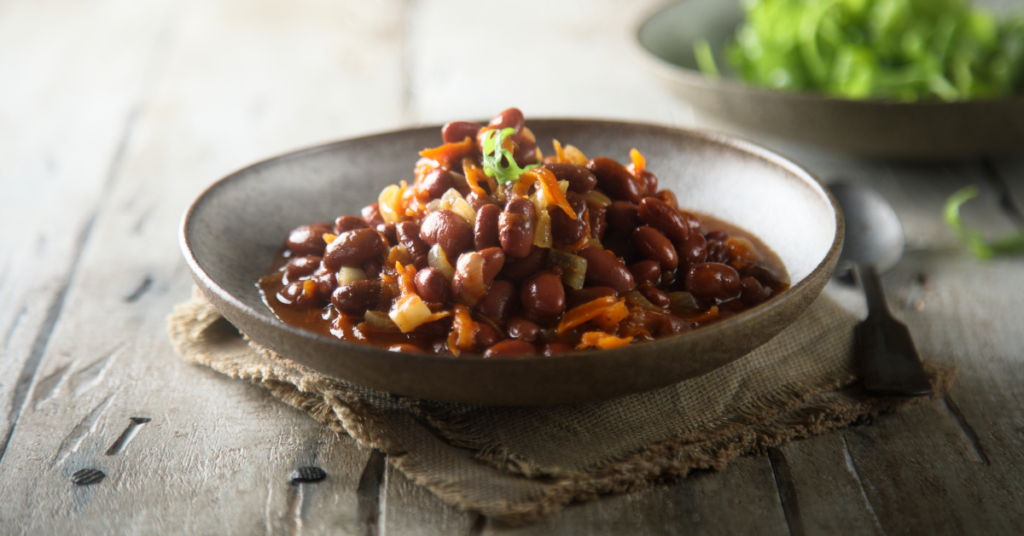
Kidney beans are famous for preppers due to their versatility and high nutritional value.
They are a great source of protein, fiber, and essential minerals like iron and potassium.
Kidney beans are commonly used in chili, salads, and bean dips.
Pinto Beans
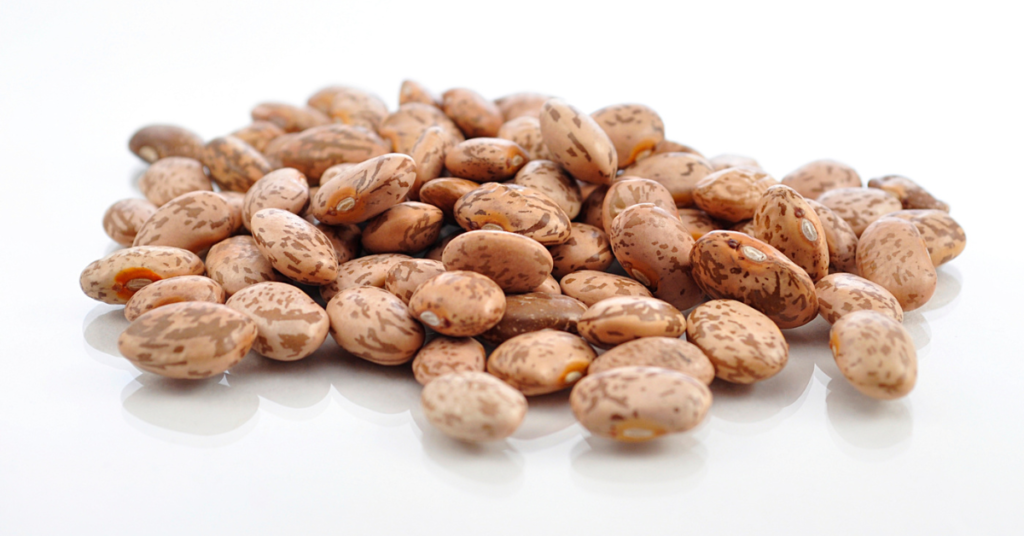
Pinto beans are easily found in grocery stores and have a long shelf life, making them a convenient choice for prepping.
They are a good source of protein, fiber, and various vitamins and minerals.
Pinto beans are commonly used in Mexican dishes like refried beans and burritos.
Soybeans
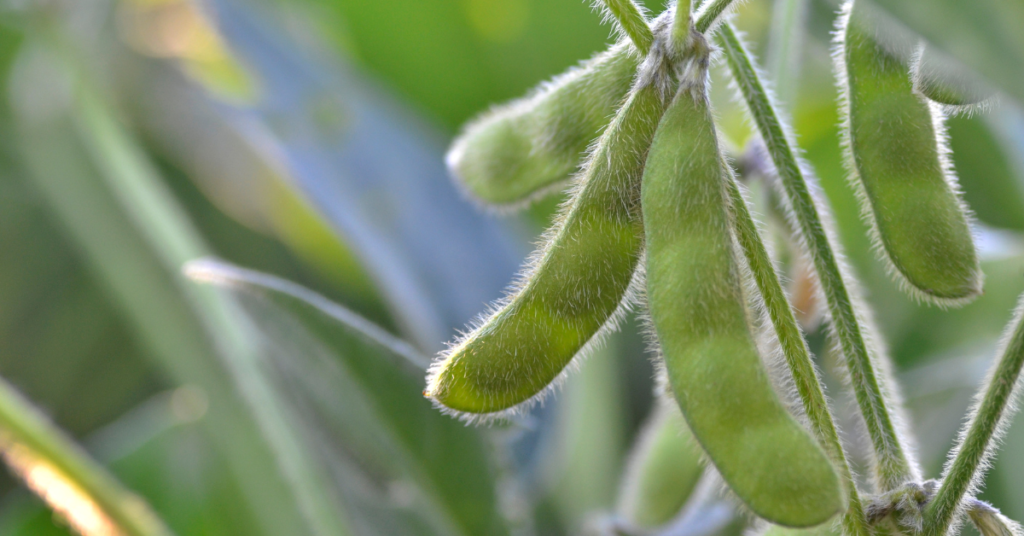
Soybeans are an excellent option for long-term storage as they provide a significant amount of protein, essential fatty acids, and other nutrients.
They are also versatile and can be used to make tofu, soy milk, and other soy-based products.
Split Peas
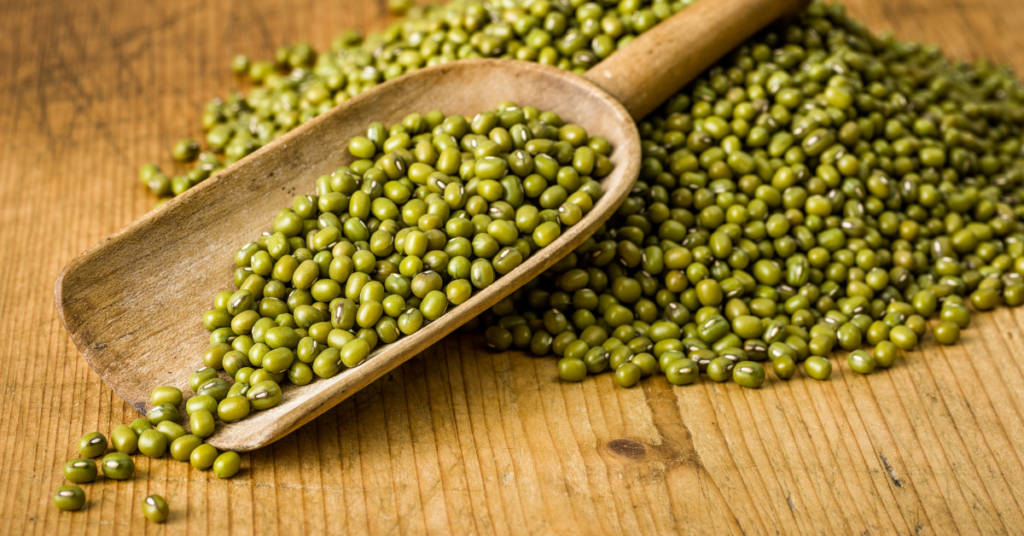
Split peas are a type of field pea that has been dried and split in half. They are a good source of protein, fiber, and vitamins.
Split peas are commonly used in soups and stews, providing a rich and hearty flavor.
Garbanzo Beans (Chickpeas)
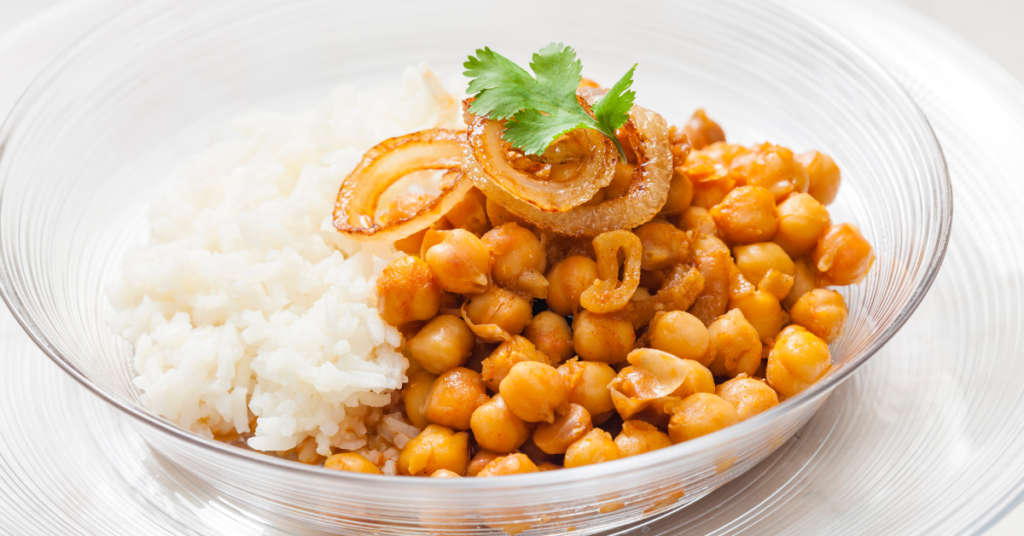
Garbanzo beans, also known as chickpeas, are a nutrient-dense legume that can be stored for a long time.
They are rich in protein, fiber, and essential minerals like iron and magnesium.
Garbanzo beans are commonly used in salads, hummus, and curry dishes.
Black Beans
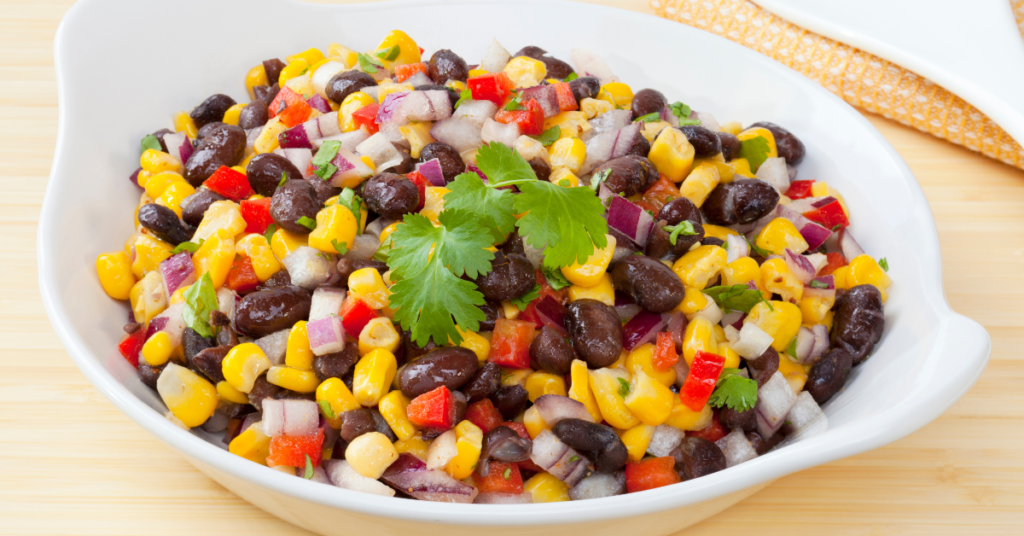
Black beans are a staple in many cuisines and offer a range of health benefits.
They are a good source of protein, fiber, and various vitamins and minerals.
Black beans can be used in soups, stews, bean salads, and as a filling for tacos and burritos.
Cranberry (Borlotti) Beans
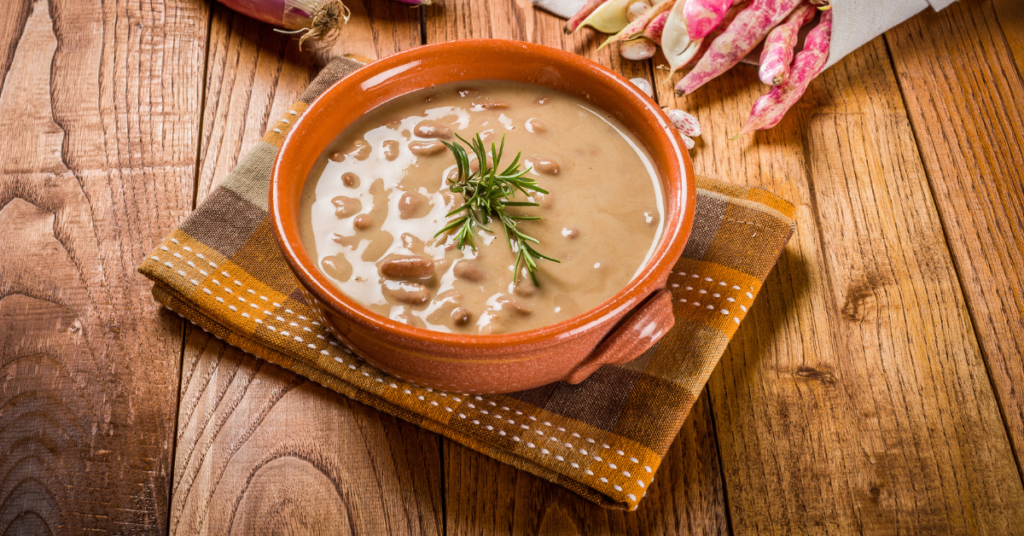
Cranberry beans, also known as borlotti beans, are high in nutritional value and make a great addition to a number of dishes.
They have a creamy texture, nuttiness, and sweeter flavor compared to other beans like pinto beans.
Cranberry beans can be used in soups, salads, and pasta dishes.
Including various of these beans in your long-term food storage will ensure you have a nutritious and versatile food source during emergencies.
Remember to store them properly in a cool and dry place to maximize their shelf life.[2]
The Longevity of Beans: Storage Lifespan
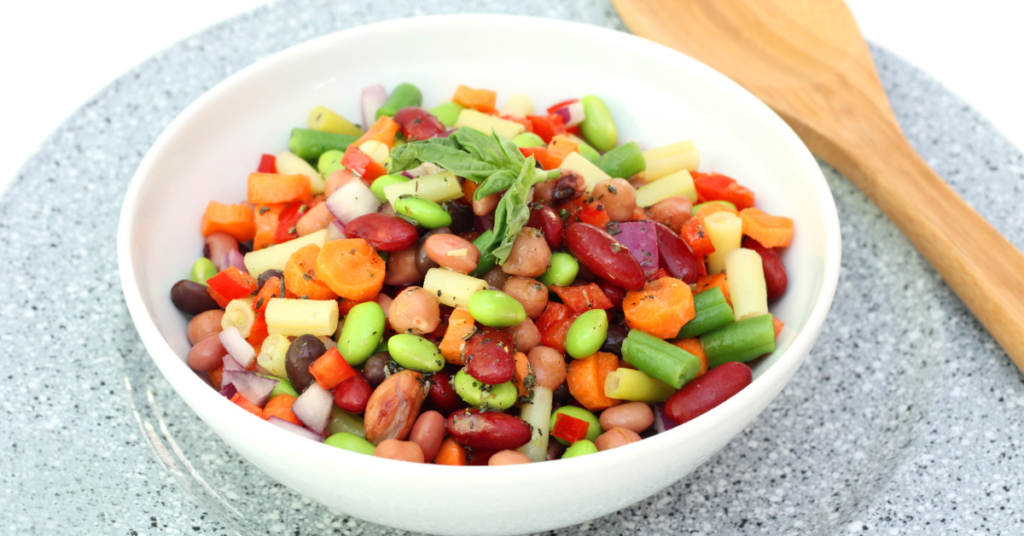
Understanding the longevity of different types of beans and the best storage conditions is essential for building a reliable food supply.[3]
Ideal Storage Conditions for Beans
To maximize the shelf life of beans, storing them in optimal conditions is crucial. Here are some key factors to consider:
Temperature: Beans should be stored in a cool, dry place with a temperature range of 50-70°F (10-21°C). Avoid exposure to extreme heat or cold, as it can accelerate the deterioration process.
Humidity: Moisture can lead to the growth of mold and bacteria, causing beans to spoil quickly. Aim for a humidity level of 60% or less in your storage area.
Light: Beans should be kept in a dark environment to prevent exposure to sunlight. UV radiation can degrade the nutritional value of beans and shorten their shelf life.
Airflow: Proper ventilation is essential to prevent the buildup of moisture and the growth of microorganisms. Ensure that the storage area has adequate airflow to maintain the quality of the beans.
Container Options for Long-Term Storage
There are several container options available for long-term storage of beans. Here are three commonly used methods.[5]
Mylar Bags
Mylar bags are a popular choice for long-term storage due to their durability and ability to create a barrier against oxygen.
Mylar bags can protect beans from moisture, pests, and oxygen when properly sealed with oxygen absorbers. They are lightweight, easy to store, and provide a cost-effective solution for preserving beans.
Using Mylar bags in conjunction with food-grade buckets or containers can offer additional protection.
Canning Jars
Canning jars are another viable option for storing beans. Glass jars with airtight lids can create a secure environment, keeping beans fresh for an extended period.
They are convenient for portioning beans and provide clear visibility of the contents.
However, canning jars may take up more space than other storage methods.
#10 Cans
Food storage companies commonly use #10 cans for long-term bean storage. They offer airtight protection and can be stacked for efficient use of space.
#10 cans are durable and can withstand rough handling during transportation or storage. However, accessing the beans requires opening the can, which may not be ideal for smaller portions.
By choosing the proper storage containers and maintaining optimal storage conditions, you can ensure the longevity of your bean supply. Regularly monitor the quality of stored beans and rotate your stock to maintain freshness.
With proper care, beans can remain a valuable asset in your prepping strategy for years.
Preparing Beans After Long-Term Storage
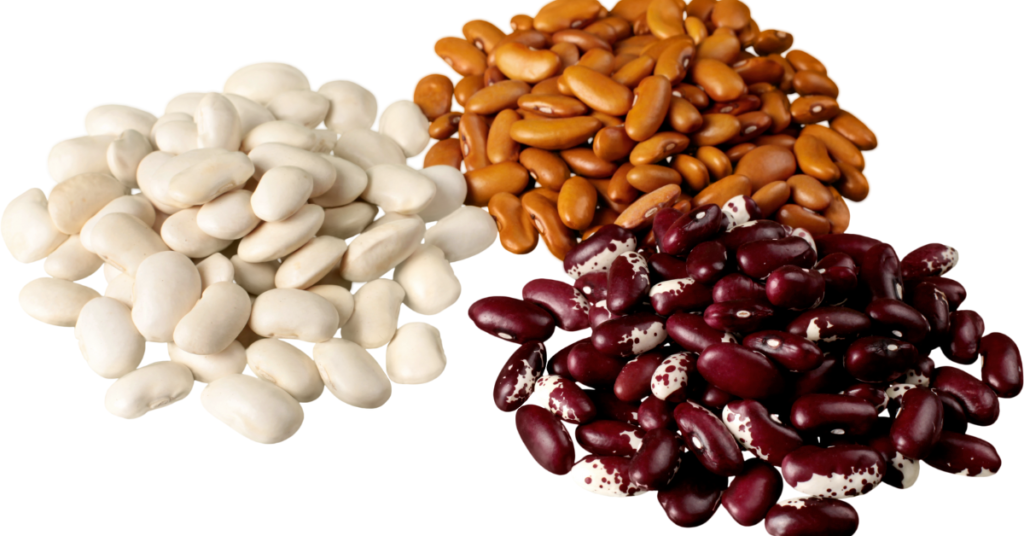
When it comes to prepping for emergencies or long-term storage, having a supply of beans is essential. Beans are packed with protein, fiber, and nutrients, making them a valuable food source. However, if beans have been stored for a long time, they may require special preparation before cooking.
Step-by-step guide on how to rehydrate and cook beans after long-term storage
Here is a step-by-step guide on how to rehydrate and cook beans after long-term storage:
- Inspect the beans: Before rehydrating them, examining them for any signs of damage or spoilage is crucial. Discard any beans that appear discolored, have a strong odor, or have an unusual texture.
- Soak the beans: Place them in a large bowl or pot and cover them with water. The general rule of thumb is to use 3 cups of water for every cup of dried beans. Soak the beans for at least 8 hours or overnight. This process helps soften the beans and reduces cooking time.
- Drain and rinse: After soaking, drain the water from the beans and thoroughly rinse them. This step helps remove any residue and natural compounds that can cause digestive discomfort.
- Cook the beans: Transfer the soaked and rinsed beans to a large pot and add fresh water. The amount of water needed will depend on the desired consistency of the beans. Bring the water to a boil, then reduce the heat to a simmer. Cook the beans until they are tender but not mushy, usually between 1 to 2 hours. You can check for doneness by testing a few beans for their texture and taste.
- Season and enjoy: Once the beans are cooked to perfection, season them to your liking with herbs, spices, and salt. You can use the beans in various recipes, such as soups, stews, salads, or as a side dish.
Can Different Types of Rice Be Stored and Prepared the Same Way as Beans for Prepping?
When prepping for emergencies, it’s important to know that different types of rice can be stored and prepared the same way as beans. Some top rice options for prepping include long-grain white rice, jasmine rice, and basmati rice. These varieties can be stored long-term and cooked the same way as beans.
Conclusion
In the world of prepping and long-term food storage, beans are an essential item to have on hand. They are an excellent source of protein, fiber, and essential nutrients and have a long shelf life if stored properly.
Including beans in your emergency food supply ensures you have a versatile and nutritious meal option during challenging times.
To recap, here are some key points about the importance of beans for prepping:
1. Nutritional Value: Beans are packed with protein, fiber, carbohydrates, and essential minerals. They provide a sustainable and nutritious food source that can help sustain you during emergencies.
2. Shelf Life: When stored in the absence of oxygen and light, beans can have a shelf life of up to 30 years. Proper packaging, such as using #10 cans or Mylar-type bags with oxygen absorbers, can help preserve their quality and extend their longevity.
3. Variety: There are numerous types of beans available, including pinto, black, kidney, garbanzo, and more. Having a variety of beans in your food storage allows for culinary diversity and the ability to create different meals with various flavors and textures.
4. Versatility: Beans can be used in a wide range of dishes, including soups, stews, casseroles, salads, and even desserts. Their versatility makes them a valuable ingredient in emergency cooking and meal planning.
5. Cost-Effective: Beans are affordable and readily available, making them a cost-effective option for preppers on a budget.
Now that you understand the importance of beans for long-term storage and prepping, it’s time to take action. Start building your bean supply by purchasing different varieties of beans and storing them in appropriate containers with oxygen absorbers.
Remember to label and date your containers for easy rotation and use.
In addition to beans, stocking up on other key food items, such as grains, canned goods, and non-perishable staples, is essential. Aim to create a well-rounded and diverse emergency food supply that meets the nutritional needs of you and your family.
By being proactive and prepared, you can ensure the well-being and safety of your loved ones during unexpected events. Start your own bean storage today and step towards a more secure future.
As always, stay informed, stay prepared, and stay safe.
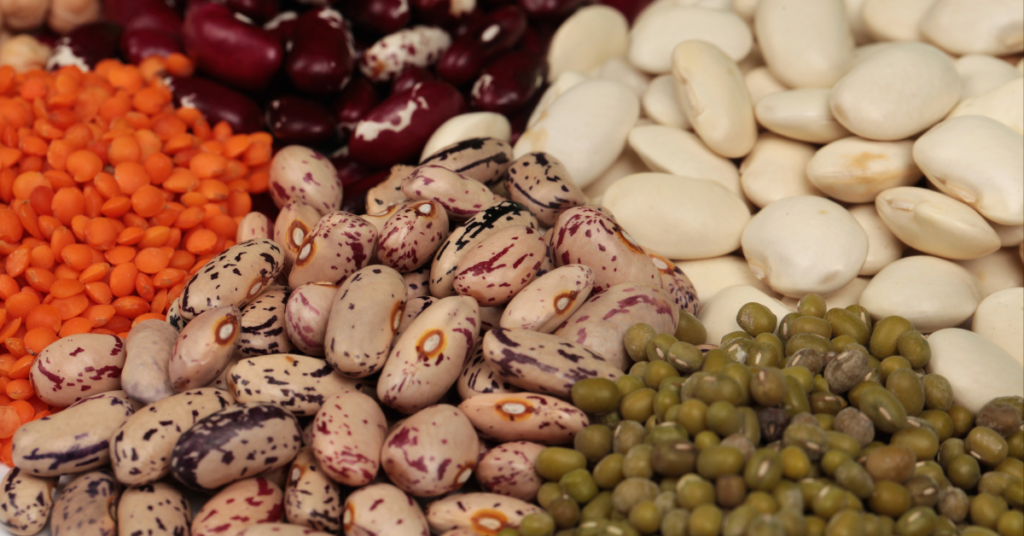
![wisedry [100 Packs] 1-Gallon Mylar Bags (4 Mil, 15''x10'') with 300cc Oxygen Absorbers Packets for Dehydrated Vegetables, Grains, Legumes and Emergency Long Term Food Storage, Food Grade](https://m.media-amazon.com/images/W/MEDIAX_792452-T2/images/I/81Ybzza+WaL._AC_SL1500_.jpg)